A study published in HRH_Journal discusses the impact of COVID-19 on the capacity of the mental health and substance use health (MUSUH) workforce in Canada. The findings highlight the need for better workforce planning/access to vulnerable groups.
Results from the survey data analysis offered insight into changes to workforce capacity during the pandemic from the perspective of service providers by asking about changes to their practice and their availability and ability to provide services, as well as reasons for these changes.
As the pandemic moved into subsequent waves, the MHSUH workforce continued to face varying challenges. Key informants indicated that adequate staffing of in-person MHSUH services was an important concern. Unanticipated absences increased for numerous reasons, such as disruptions in childcare and self-isolation requirements for service providers when they or their family members had been in contact with or had symptoms of COVID-19.
Finally, there was strong agreement that public health measures during the pandemic had magnified existing inequities accessing services for particular populations. Lower quality internet service, which is more typical in remote and rural communities, made it more difficult for people living in these areas to access services, and travel restrictions meant that service providers who typically flew into remote communities were not able to do so.
And I think the impact on staff is just that the pandemic now is beginning to wear on people’s energy levels and their ability to continue to do their work in a really positive way. I think it’s lasted longer than anybody anticipated. And so, we’re starting to see some signs of burnout in some of our staff, most definitely, and having to try and troubleshoot around that and protect against that.
We have to remember that these practitioners are still experiencing, you know, the opioid epidemic and overdosing epidemic. We hear a lot, you know, anecdotally, when we’re speaking to our peer support workers, of really traumatic issues. That they're seeing, you know, a lot of death in their communities.
United Kingdom Latest News, United Kingdom Headlines
Similar News:You can also read news stories similar to this one that we have collected from other news sources.
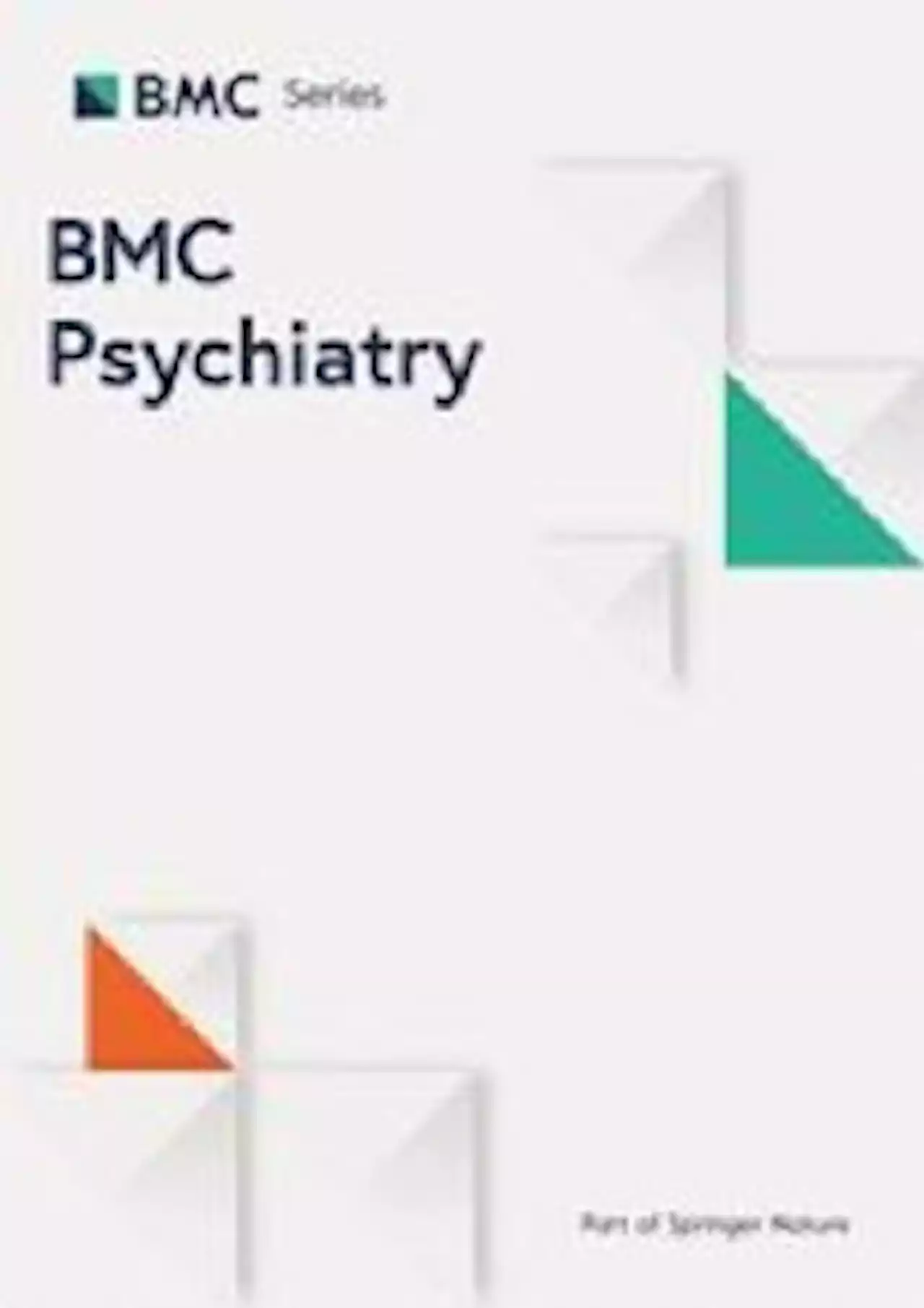 Higher anxiety and perceived trauma among COVID-19 patients: a prospective comparative study - BMC PsychiatryBackground and purpose Psychiatric disorders such as anxiety, depression, and traumatic stress are not rare during infectious outbreaks, as the COVID-19 pandemic has posed a great concern to the general population. In this study, we aimed to investigate whether experiencing psychiatric symptoms during COVID-19 is the result of the burden of carrying an illness or the COVID-19 itself. Method Two hundred ten subjects and three different groups of participants (COVID-19 patients, university staff, and orthopedic patients) were recruited. They answered a demographic questionnaire, Yale-Brown Obsessive–Compulsive Scale (YBOCS) test for OCD symptoms, Impact of Event Scale-Revised (IES-R) for perceived trauma, Beck Anxiety Inventory (BAI) for anxiety, and Beck Depression Inventory (BDI) for depression assessments using phone or face-to-face interviews. Result At least one OCD symptom was observed in 85.7% of the subjects. However, there was no significant difference between the 3 groups (p = 0.2194). Perceived trauma was significantly higher among COVID-19 patients followed by university staff and orthopedic patients (23.73, 16.21, 11.51 mean IES-R scores respectively, p = 8.449e−14). COVID-19 patients also showed higher anxiety (mean BAI score: 17.00) than the university staff and orthopedic patients’ group (9.22 and 5.56 respectively) (p = 6.175e−08). BDI score did not show much variation for depression, the mean score was 9.66, 9.49, and 6.7 for the COVID-19 patients, university staff, and orthopedic patients respectively, (p = 0.2735). Conclusion Perceived trauma and anxiety symptoms are significantly higher in COVID-19 patients and the symptoms of OCD and depression do not differ between COVID-19 and non-COVID-19 people, so the necessity of screening and following treatment of patients with COVID-19 should be kept in mind. Trial registration IR.IUMS.FMD.REC.1399.761.
Higher anxiety and perceived trauma among COVID-19 patients: a prospective comparative study - BMC PsychiatryBackground and purpose Psychiatric disorders such as anxiety, depression, and traumatic stress are not rare during infectious outbreaks, as the COVID-19 pandemic has posed a great concern to the general population. In this study, we aimed to investigate whether experiencing psychiatric symptoms during COVID-19 is the result of the burden of carrying an illness or the COVID-19 itself. Method Two hundred ten subjects and three different groups of participants (COVID-19 patients, university staff, and orthopedic patients) were recruited. They answered a demographic questionnaire, Yale-Brown Obsessive–Compulsive Scale (YBOCS) test for OCD symptoms, Impact of Event Scale-Revised (IES-R) for perceived trauma, Beck Anxiety Inventory (BAI) for anxiety, and Beck Depression Inventory (BDI) for depression assessments using phone or face-to-face interviews. Result At least one OCD symptom was observed in 85.7% of the subjects. However, there was no significant difference between the 3 groups (p = 0.2194). Perceived trauma was significantly higher among COVID-19 patients followed by university staff and orthopedic patients (23.73, 16.21, 11.51 mean IES-R scores respectively, p = 8.449e−14). COVID-19 patients also showed higher anxiety (mean BAI score: 17.00) than the university staff and orthopedic patients’ group (9.22 and 5.56 respectively) (p = 6.175e−08). BDI score did not show much variation for depression, the mean score was 9.66, 9.49, and 6.7 for the COVID-19 patients, university staff, and orthopedic patients respectively, (p = 0.2735). Conclusion Perceived trauma and anxiety symptoms are significantly higher in COVID-19 patients and the symptoms of OCD and depression do not differ between COVID-19 and non-COVID-19 people, so the necessity of screening and following treatment of patients with COVID-19 should be kept in mind. Trial registration IR.IUMS.FMD.REC.1399.761.
Read more »
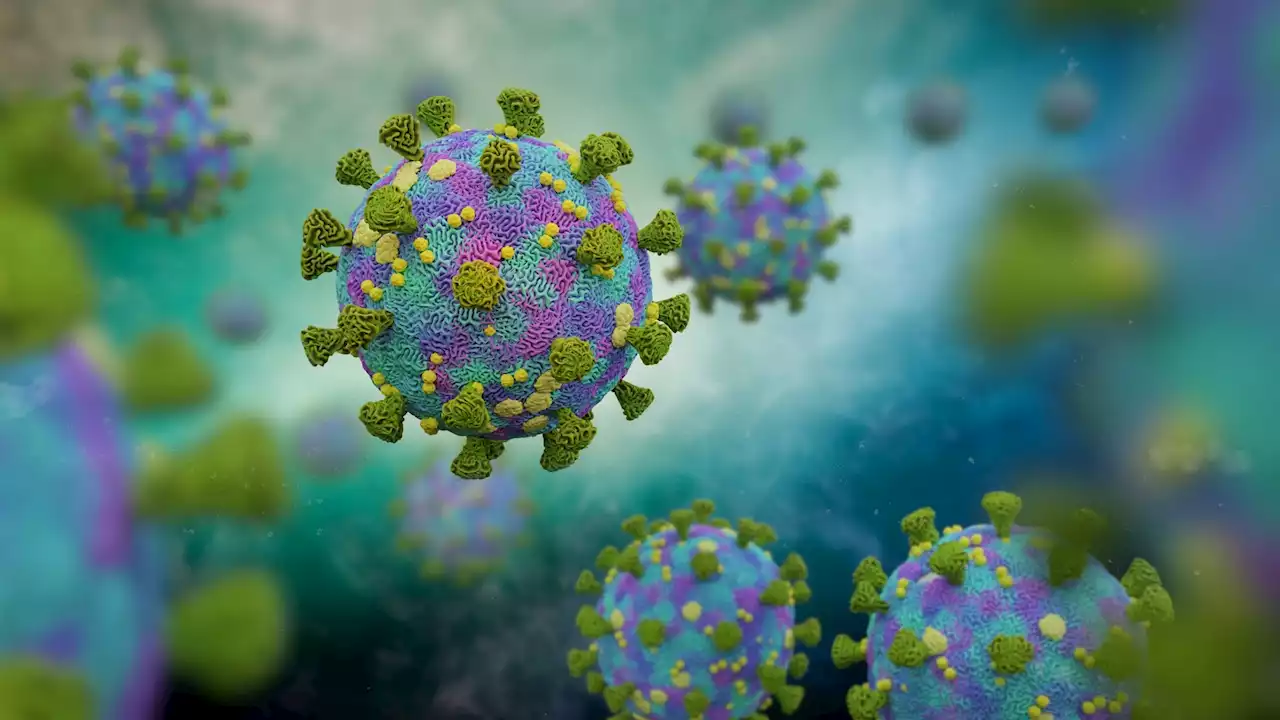 Prior COVID highly protective against severe disease ten months post-infectionIn a recent study published in the Lancet, researchers performed a systematic review of scientific literature published from inception up to September 31, 2022, that documented the reduction in risk of coronavirus disease 2019 (COVID-19) among individuals with a prior severe acute respiratory syndrome coronavirus 2 (SARS-CoV-2) infection vis-à-vis those with no COVID-19 history.
Prior COVID highly protective against severe disease ten months post-infectionIn a recent study published in the Lancet, researchers performed a systematic review of scientific literature published from inception up to September 31, 2022, that documented the reduction in risk of coronavirus disease 2019 (COVID-19) among individuals with a prior severe acute respiratory syndrome coronavirus 2 (SARS-CoV-2) infection vis-à-vis those with no COVID-19 history.
Read more »
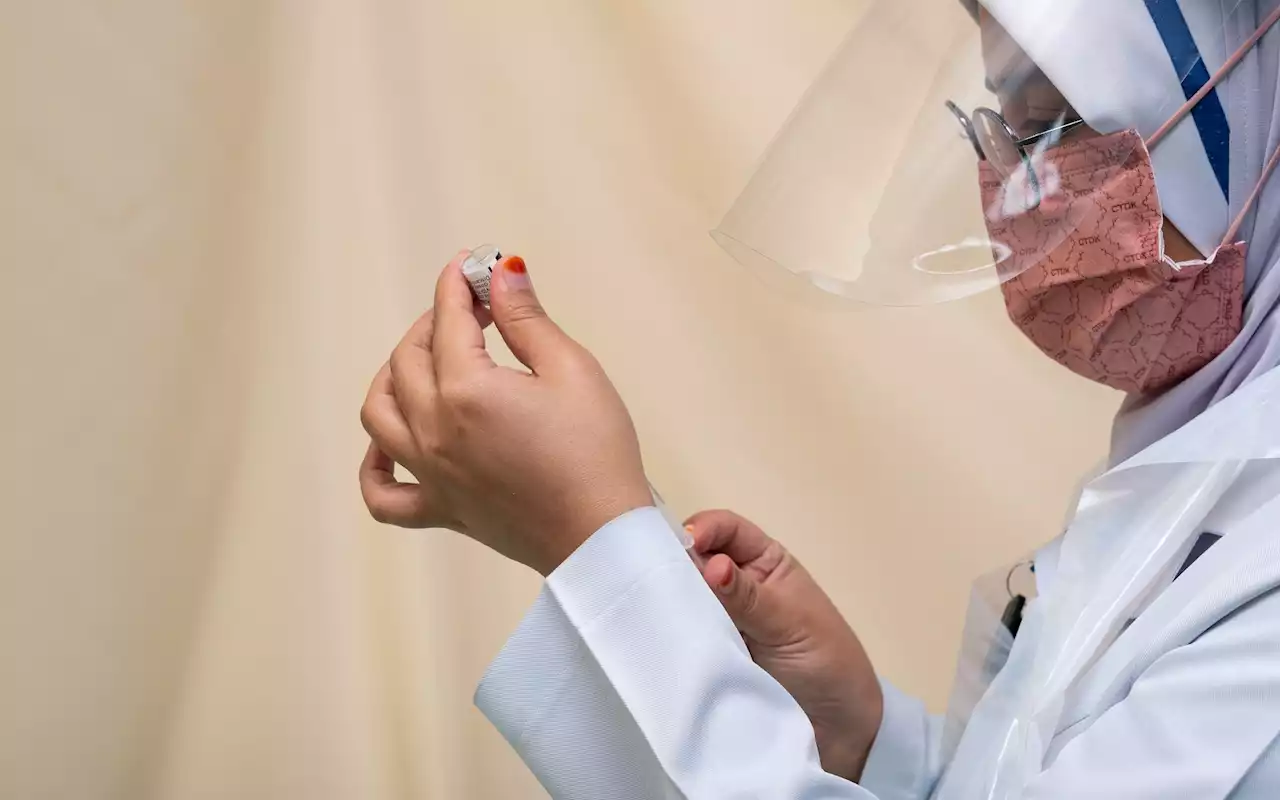 How effective has the bivalent booster COVID vaccination been?In a recent study published in the journal Eurosurveillance, researchers estimated the effectiveness of bivalent messenger ribonucleic acid (mRNA) vaccines targeting the severe acute respiratory syndrome coronavirus 2 (SARS-CoV-2) Omicron BA.1 subvariant and the original Wuhan-Hu1 strain against Omicron infections in the vaccinated population of the Netherlands between 26 September and 19 December 2022.
How effective has the bivalent booster COVID vaccination been?In a recent study published in the journal Eurosurveillance, researchers estimated the effectiveness of bivalent messenger ribonucleic acid (mRNA) vaccines targeting the severe acute respiratory syndrome coronavirus 2 (SARS-CoV-2) Omicron BA.1 subvariant and the original Wuhan-Hu1 strain against Omicron infections in the vaccinated population of the Netherlands between 26 September and 19 December 2022.
Read more »
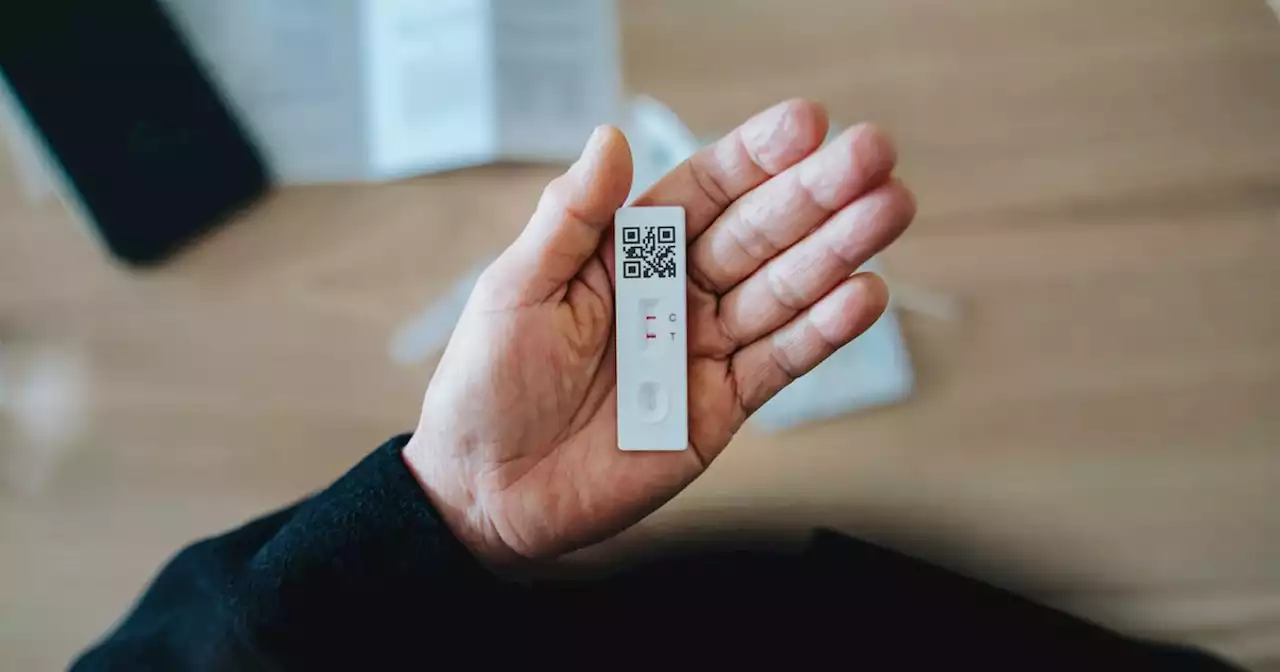 Seven Lancashire neighbourhoods where Covid is causing problemsLancashire's latest Covid-19 infection rates
Seven Lancashire neighbourhoods where Covid is causing problemsLancashire's latest Covid-19 infection rates
Read more »
 Toews still dealing with long COVID symptomsChicago Blackhawks captain Jonathan Toews is still dealing with long COVID symptoms and Chronic Immune Response Syndrome, he said in a statement Sunday. Toews last played on Jan. 28 against Edmonton before taking a break to focus on his health.
Toews still dealing with long COVID symptomsChicago Blackhawks captain Jonathan Toews is still dealing with long COVID symptoms and Chronic Immune Response Syndrome, he said in a statement Sunday. Toews last played on Jan. 28 against Edmonton before taking a break to focus on his health.
Read more »
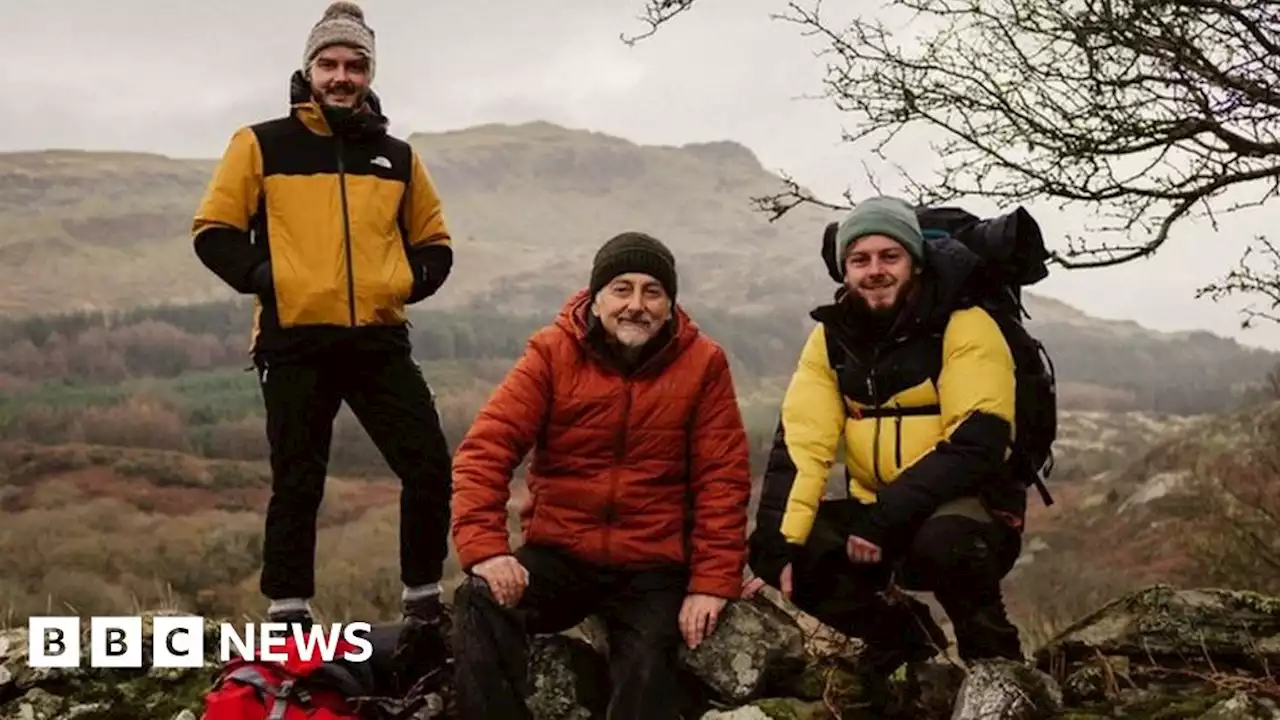 Long Covid: London climber scaling Everest for charityAlthough not fully recovered, Charlie Russell, 30, is attempting the trek in aid of Long Covid SOS.
Long Covid: London climber scaling Everest for charityAlthough not fully recovered, Charlie Russell, 30, is attempting the trek in aid of Long Covid SOS.
Read more »
